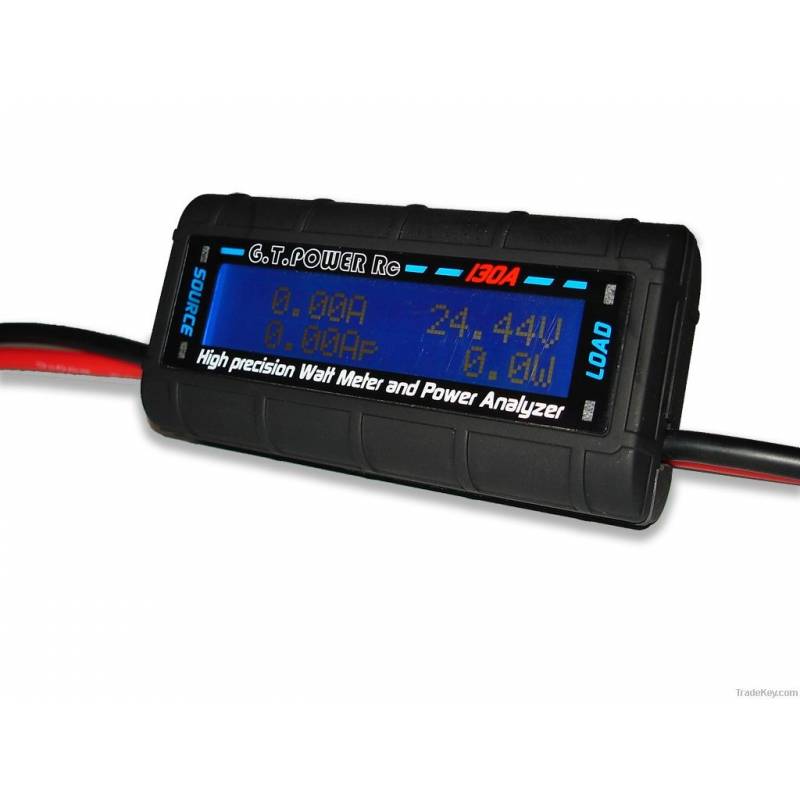puregsr
100 W
Hello everyone,
I just installed a watt meter and I've been watching it and trying to make sense of it.
Would somebody give me a rundown on how an experienced ebiker use such meter?
Like total consumed watt-hour/miles to get Wh/mi to check for efficiency.
What do you do with Ah? Is it a better gauge for range than Wh?
Oddly, watt hour and amp hour don't seem to match up if you do the calculation. I have exceeded my battery's reported total watt hour and the bike was still going strong. I have a 13S4P 47V 9.8Ah 25R battery and used up more than 477 watt hour today while riding around the neighborhood and the bike is still going strong. It said I only used 6Ah.
I just installed a watt meter and I've been watching it and trying to make sense of it.
Would somebody give me a rundown on how an experienced ebiker use such meter?
Like total consumed watt-hour/miles to get Wh/mi to check for efficiency.
What do you do with Ah? Is it a better gauge for range than Wh?
Oddly, watt hour and amp hour don't seem to match up if you do the calculation. I have exceeded my battery's reported total watt hour and the bike was still going strong. I have a 13S4P 47V 9.8Ah 25R battery and used up more than 477 watt hour today while riding around the neighborhood and the bike is still going strong. It said I only used 6Ah.



